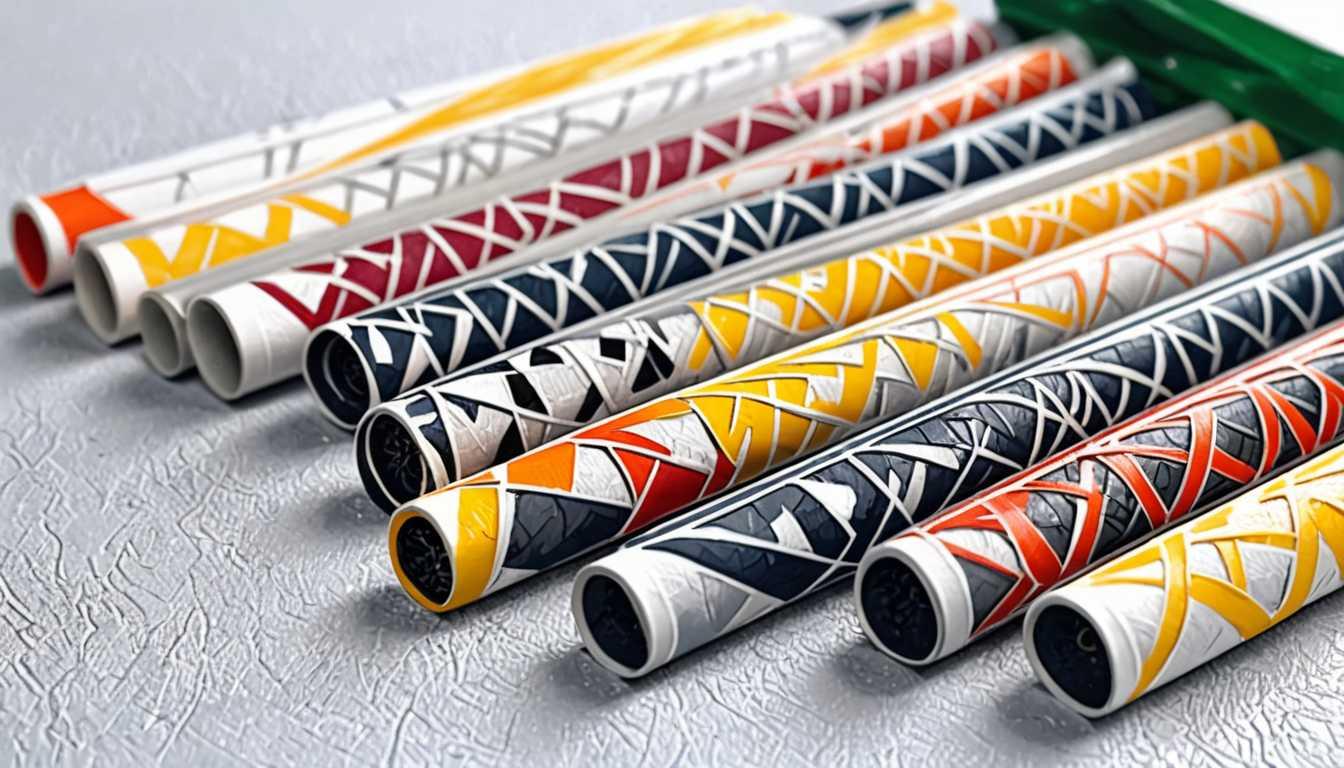Microscale 3D Printing: A Tiny Revolution
March 2024
Stanford University
Introduction
Dive into the microscopic world with Stanford University's latest breakthrough: high-speed microscale 3D printing! Imagine printing particles so tiny they look like dust but have the power to revolutionize drug delivery, electronics, and more. With a new technique that's all about speed and precision, they're creating complex shapes at an astonishing rate of 1 million particles a day. It's not just small; it's groundbreaking. Ready to shrink down and see what the future looks like?
READ FULL ARTICLEWhy It Matters
Discover how this topic shapes your world and future
Printing the Future, Micron by Micron
Imagine being able to print out objects so tiny, they could navigate through your bloodstream, or components so precise, they could enhance the latest tech gadgets. This isn't a scene from a sci-fi movie; it's the reality of high-speed microscale 3D printing. The significance of this technology stretches across various fields, from healthcare, where it could revolutionize drug delivery, to electronics, where it could miniaturize components while boosting performance. For you, the budding innovator, this could mean the early stages of a career in creating the unseen or improving everyday items in ways currently unimaginable. The global impact? Enormous. The personal relevance? Equally vast, as this technology could shape the future environments you live, work, and play in.
Speak like a Scholar
Microscale
Refers to objects and structures that are measured in micrometers (one millionth of a meter). Imagine a grain of sand, but even smaller!
Resin
A viscous substance that hardens into a solid. In 3D printing, resins are used as the "ink" that gets shaped into the desired object.
UV Light
Ultraviolet light, a type of light that is invisible to the human eye but is used in 3D printing to harden resin into solid forms.
Continuous Liquid Interface Production (CLIP)
A 3D printing technique that uses UV light to solidify resin in a continuous process, making it faster than traditional printing methods.
Oxygen-permeable Window
A special window that allows oxygen to pass through, creating a "dead zone" in 3D printing where resin doesn't harden, preventing the object from sticking to the window.
Scalable Fabrication
The ability to increase the production size or volume of an object without losing quality or efficiency. Think of it as being able to make more of something faster, without sacrificing how good it is.
Independent Research Ideas
Exploring the Role of Microscale 3D Printing in Modern Medicine
Investigate how microscale 3D printing could change the way drugs are delivered in the human body, potentially making treatments more effective and less invasive.
The Environmental Impact of 3D Printing Materials
Delve into the types of resins used in microscale 3D printing, their biodegradability, and how they compare to traditional manufacturing materials in terms of environmental friendliness.
The Future of Electronics with Microscale Components
Research how the miniaturization of components through microscale 3D printing could lead to more powerful, efficient, and compact electronic devices.
Art and Science Intersection - 3D Printing in Artistic Expression
Explore how artists could use microscale 3D printing to create intricate artworks that blend science and art in new and innovative ways.
The Evolution of Manufacturing - From Macro to Micro
Compare traditional manufacturing processes with microscale 3D printing to understand how this technology could transform industries by allowing for more complex and customizable production.
Related Articles

3D Printing Electromagnetic Revolution
February 2024
Massachusetts Institute of Technology (MIT)

Warming Up to Future Diagnostics
December 2023
Massachusetts Institute of Technology (MIT)

Sniffing Out Danger: MIT's Security Leap
February 2023
Massachusetts Institute of Technology (MIT)

Straws: Sipping into New Science
March 2023
Phys Org

Microcomb: Revolution in a Chip
March 2024
Stanford University